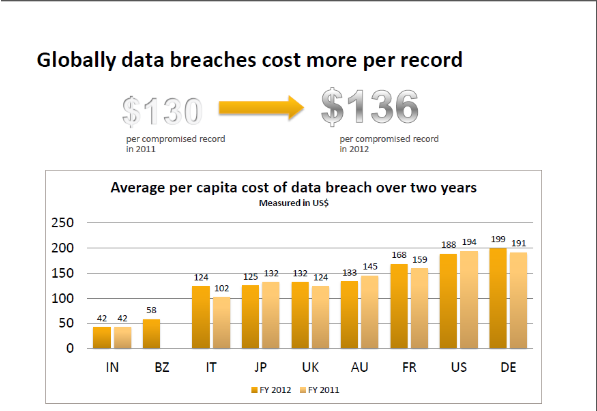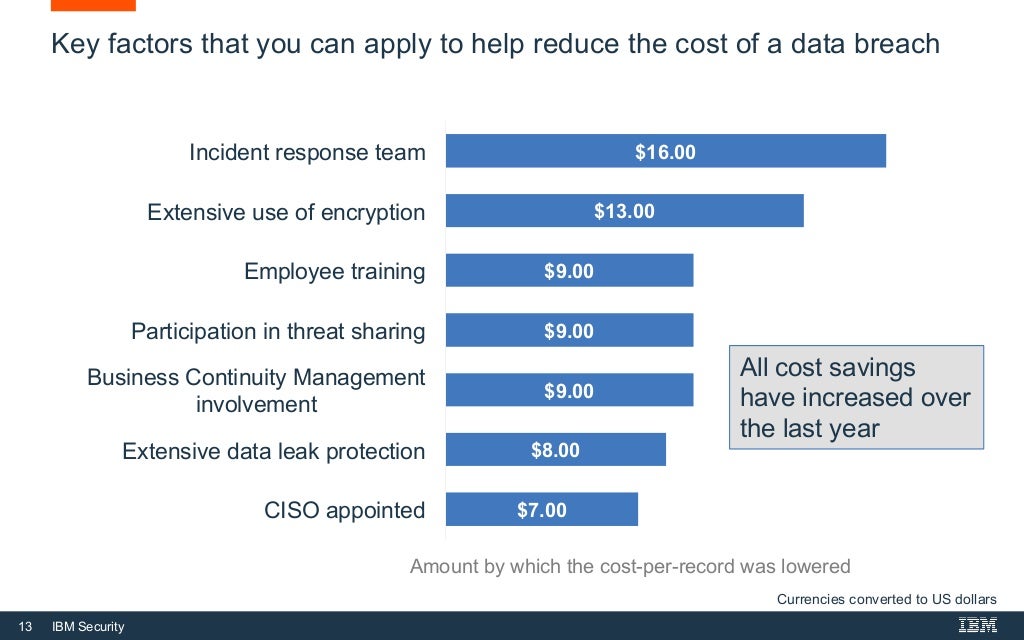

These trends will demand other capabilities and, therefore, roles in the cyber domain such as: Cyberdata Analyst, Cyber Attack Agent, Cyber Calamity Forecaster, Machine Risk Officer, Virtual Identity Defender, Data trash engineer, Cloud orchestration architect, Security vaccinator, Cyber talent magnet, and AI auditor. Our objective is not to be exhaustive but to give you some significant trends based on our experience and external research reports and articles.


Difficulties with handling data according to regulatory requirements.Regulatory and assurance (integrated reporting) pressure.New ways of working (DevOps, Agile, Scrum).Distributed – fragile – hybrid environments.Machine learning and artificial intelligence.Sophistication and dynamics of cyber actors and attacks.An increase in technology adoption requires “craftmanship”.The risk of spreadsheet-based security assurance.

Important Trendsīased on our research we have identified the following significant trends impacting the capabilities required from the workforce, and we use these to distill – in the next section – some important job profiles: The CSO role is embryonic compared to that of the CFO and not completely clear about expectations, let alone all the positions that work below the CSO required to address the issues mentioned in our introduction. (2018) state “A broader skillset, including communication, change management, and leadership, is required to respond quickly and collaboratively to evolving cyber threats.” Īlso, the SEC recognizes this as a profession that must be directed top-down from the board. The role of CEO and CFO will change due to tech dominance in business, and the position of the (chief) security officers and risk and security leaders will change. Thus, jobs will require new skillsets to take into account, that address the future challenges we see ahead. This new world will call for new capabilities and expertise. Technological and political trends will continue to influence our profession. “These results demonstrate the heightened impact of cybersecurity breaches, the shifting strategies of malicious actors, as well as how healthcare organizations are grappling with cybersecurity in today’s dynamic, cloud-first world,” explained Bitglass in the report.How can we manage these continuously evolving threats of bad actors manipulating our data and human errors? In our current and future world of machines, robots, and algorithm-based decision-making. The average cost of a data breach was 10.5% higher than 2019, with the average cost per breached record increasing 16.3% to $499 per breached record. The costs of mitigating healthcare data breaches also increased in 2020. When data breaches occur, it takes healthcare organizations an average of 96 days to discover the breach and an average of 236 days to recover, according to a data breach analysis by the Ponemon Institute/IBM Security. 37 out of 50 states saw the number of data breaches increase from the previous year. While the number of breaches increased, the number of individuals affected by the breaches – 26,435,831 – declined slightly from 2019, falling by a little over 1 million.Ĭalifornia was the worst affected state with 49 incidents reported, although Michigan was the worst affected in terms of the number of records exposed, which was largely due to a 3.3 million-record data breach at Livonia, MI-based Trinity Health. 599 healthcare data breaches were reported by healthcare providers, health plans, healthcare clearinghouses, and business associates of HIPAA-covered entities, with the breach count up 55% on the previous year. There were also increases in the number of unauthorized access/disclosure incidents, loss and theft incidents, and other breach causes.Ģ020 was a particularly bad year for healthcare data breaches. The healthcare records of 24.1 million individuals were exposed in those breaches – 91% of all records breached in 2020. There was a sharp increase in hacking and IT incidents in 2019 and that trend continued in 2020 when 67% of all reported healthcare data breaches were the result of hacking/IT incidents. An analysis of 2020 healthcare data breaches has been conducted by Bitglass that shows the extent to which the healthcare industry was targeted by hackers.


 0 kommentar(er)
0 kommentar(er)
